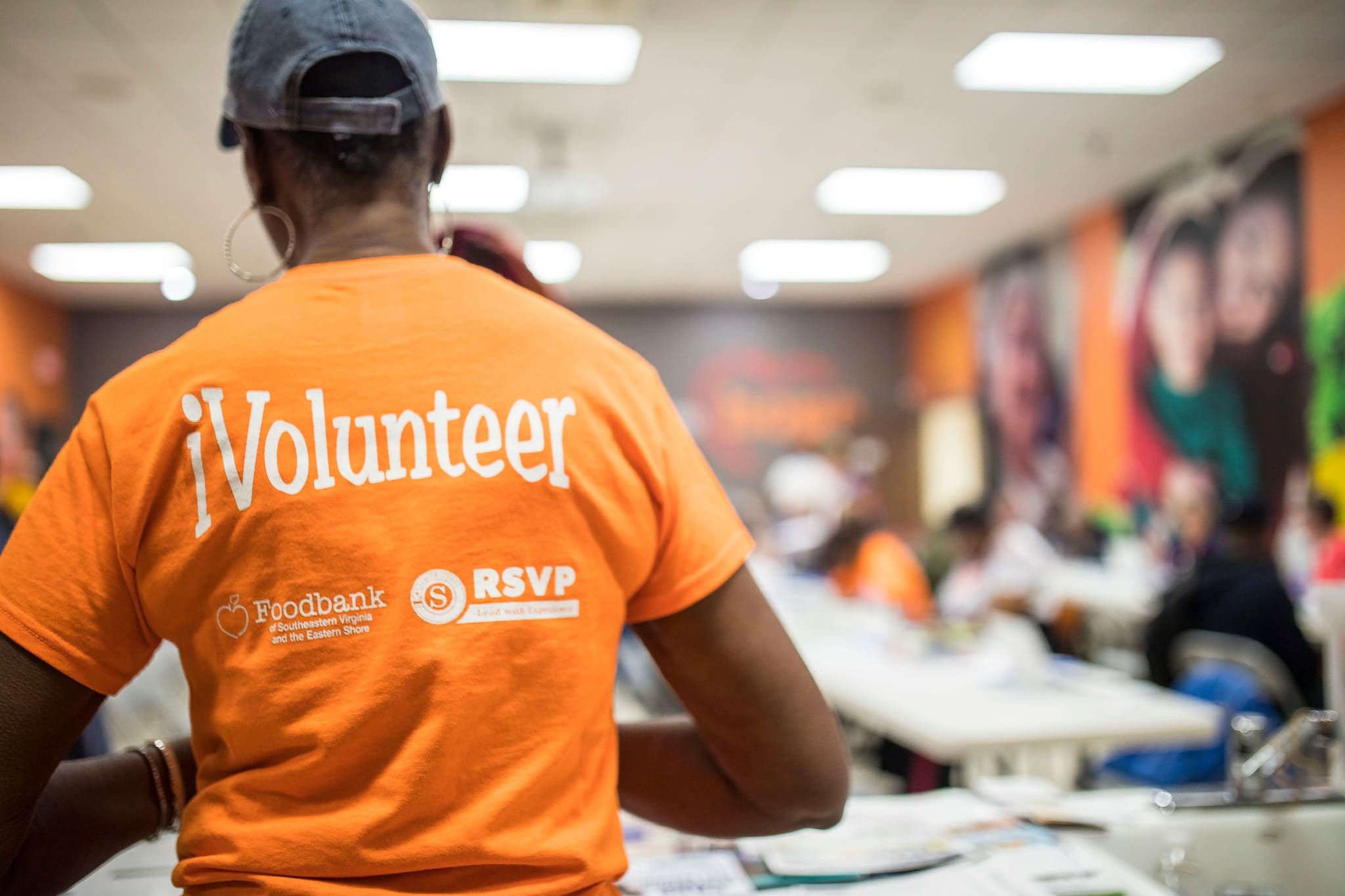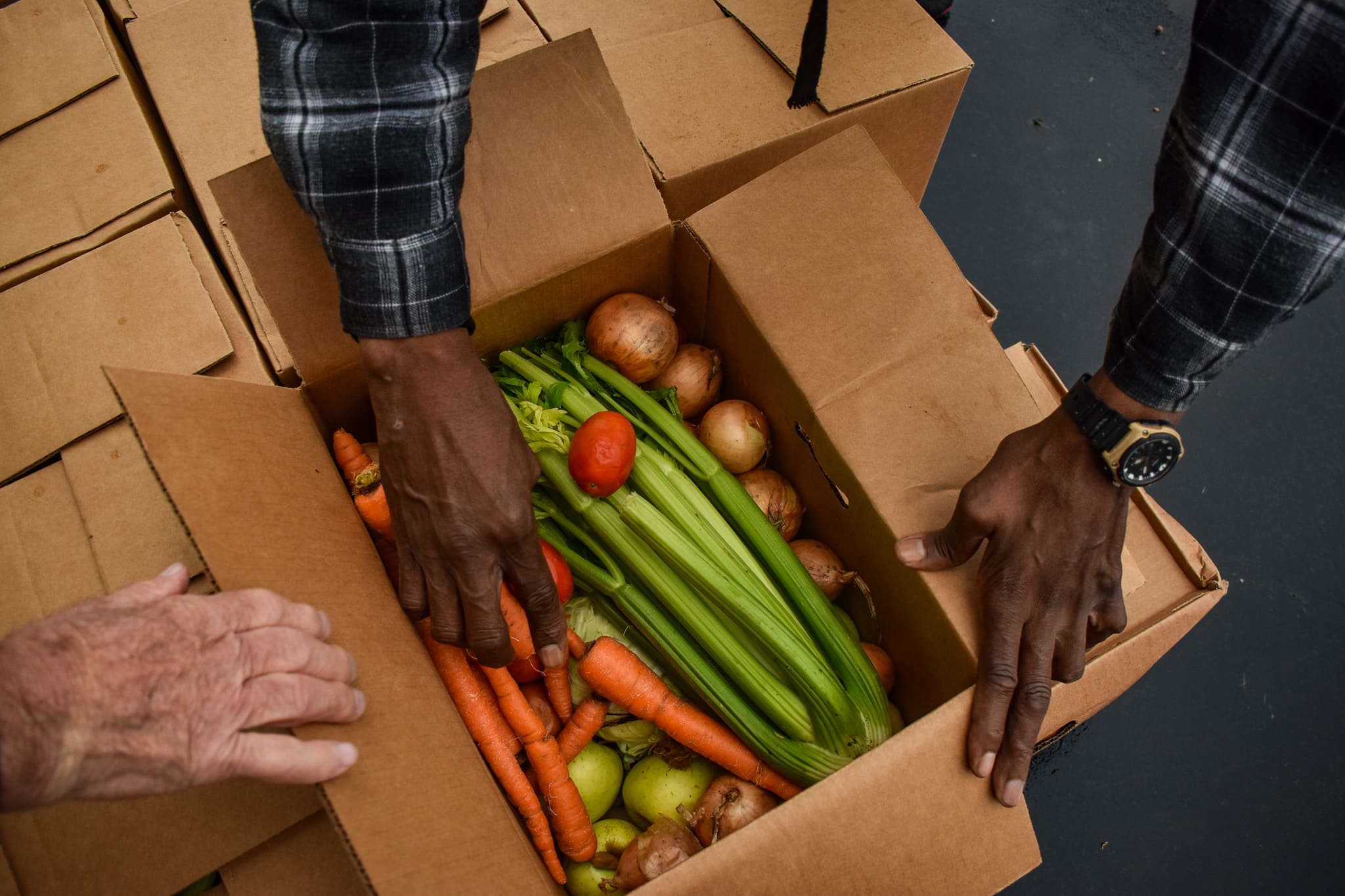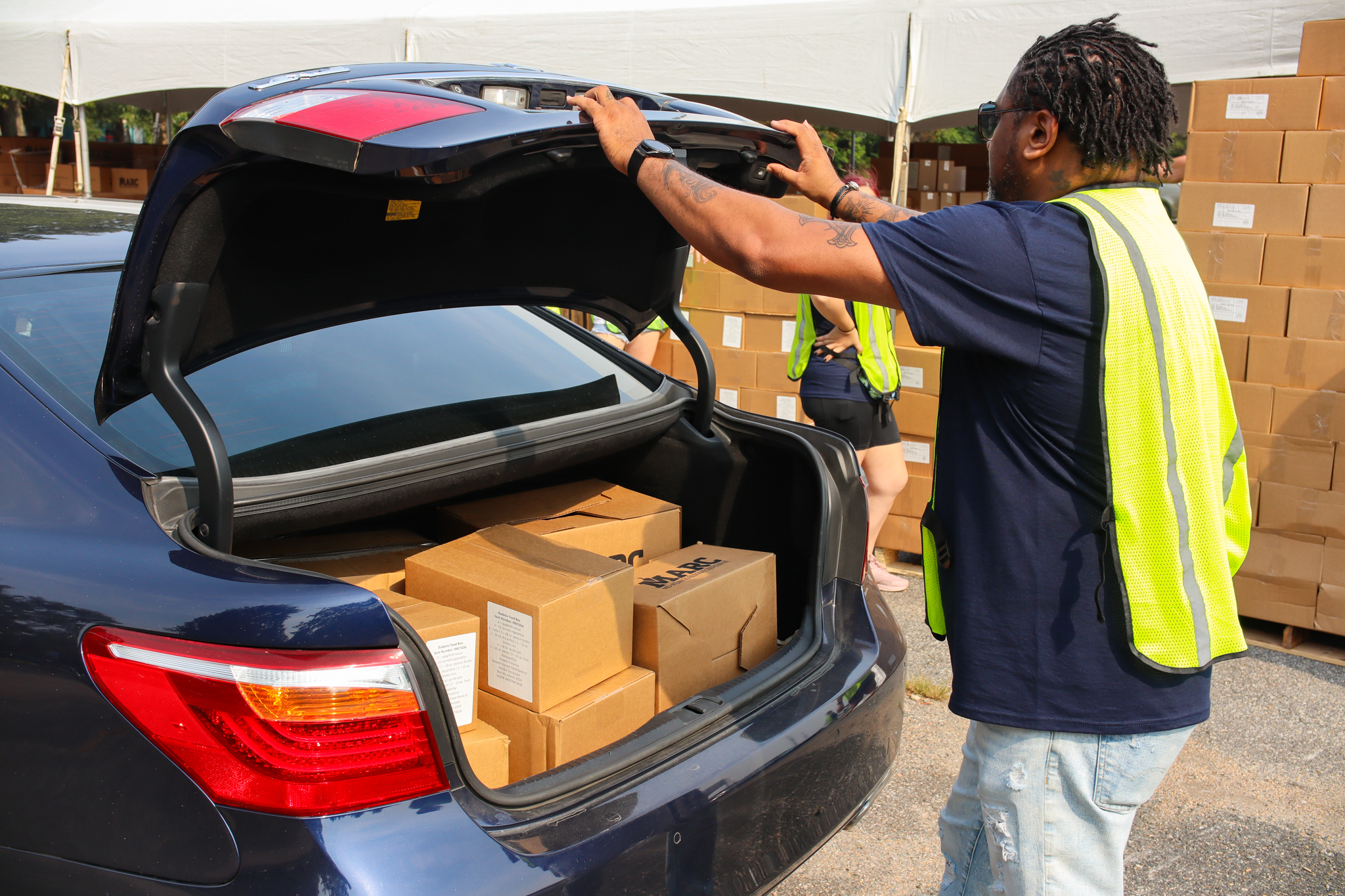Did You Know?
1 in 4
In some areas we serve, 1 in 4 children go to bed hungry.
21 Million
Last year, we distributed over 21 million pounds to people in need.
1:13
One in 13 neighbors in our service area are food insecure.
$1
$1 provides 2 meals.
98,500
In our service area, more than 98,500 people are projected to be food insecure.
92¢
92¢ of every $1 donated goes directly to those in need.
Find a food pantry near you!
Click HereHere's How You Can Help





Here's How We Do It
Since 1981, the Foodbank of Southeastern Virginia and the Eastern Shore has proudly provided more than 380 million meals to our neighbors in need. We play a vital role in the fight against hunger by collecting, storing, and distributing food to our neighbors, while also working to address the root causes of hunger and food insecurity.
Donations
Donations of food, funds, time, and voice come from individuals, corporations, foundations, retailers, government, and other organizations.
Foodbank Warehouse
Our staff and 6,000 volunteers collect and organize donations and prepare items for distribution.
Partner Agencies
Hundreds of community organizations – food pantries, soup kitchens, emergency shelters, etc. – collaborate with the Foodbank to help distribute food to individuals and families in need.
Programs & Innovation
We also distribute food directly to our community though Mobile Pantries, 757 Mobile Markets, Food Hubs, etc. where partners aren’t available or where providing it is most efficient.
Neighbors In Need
Food is provided to neighbors struggling with hunger throughout our 4,745 square-mile service area.



























































































